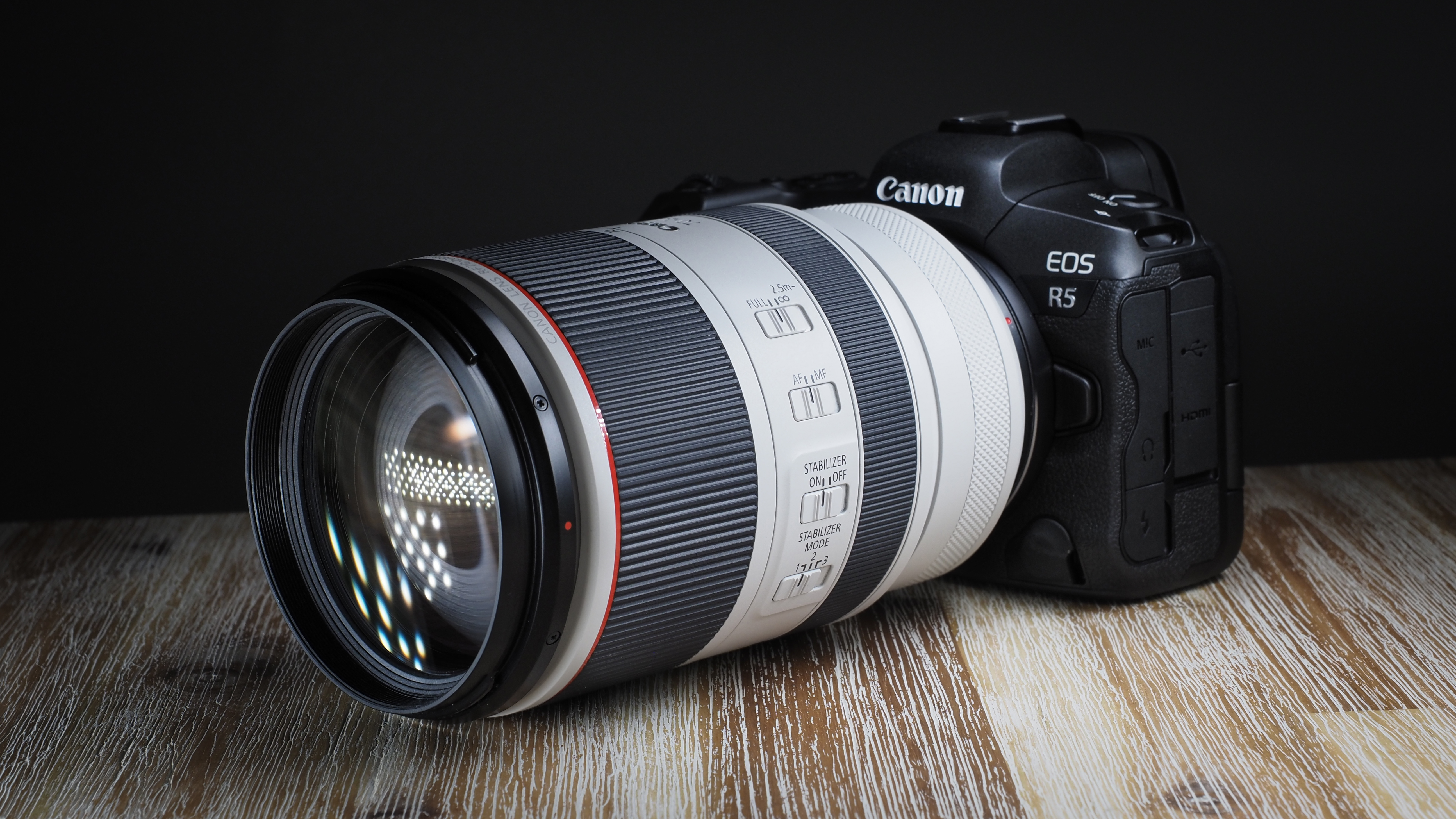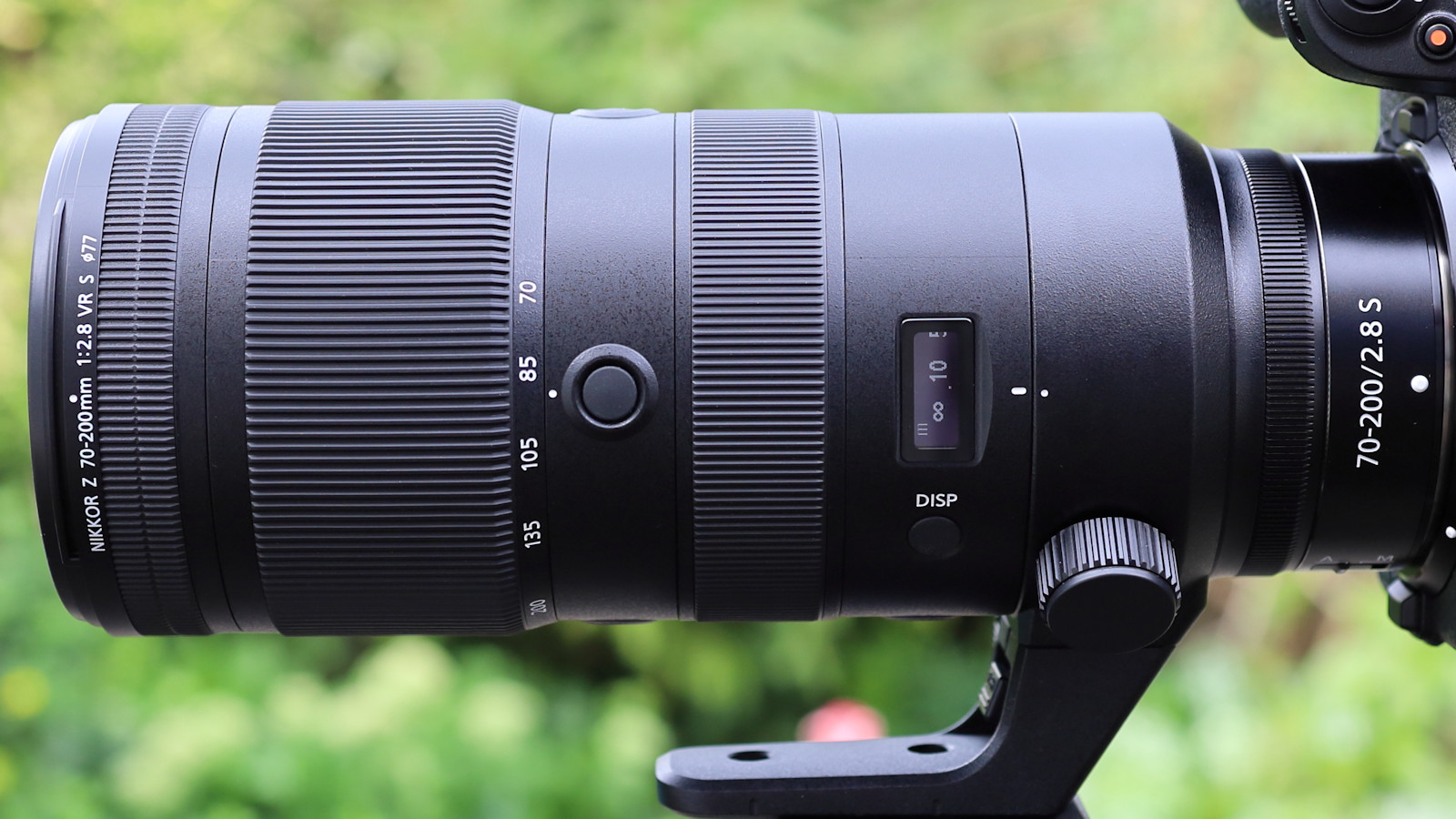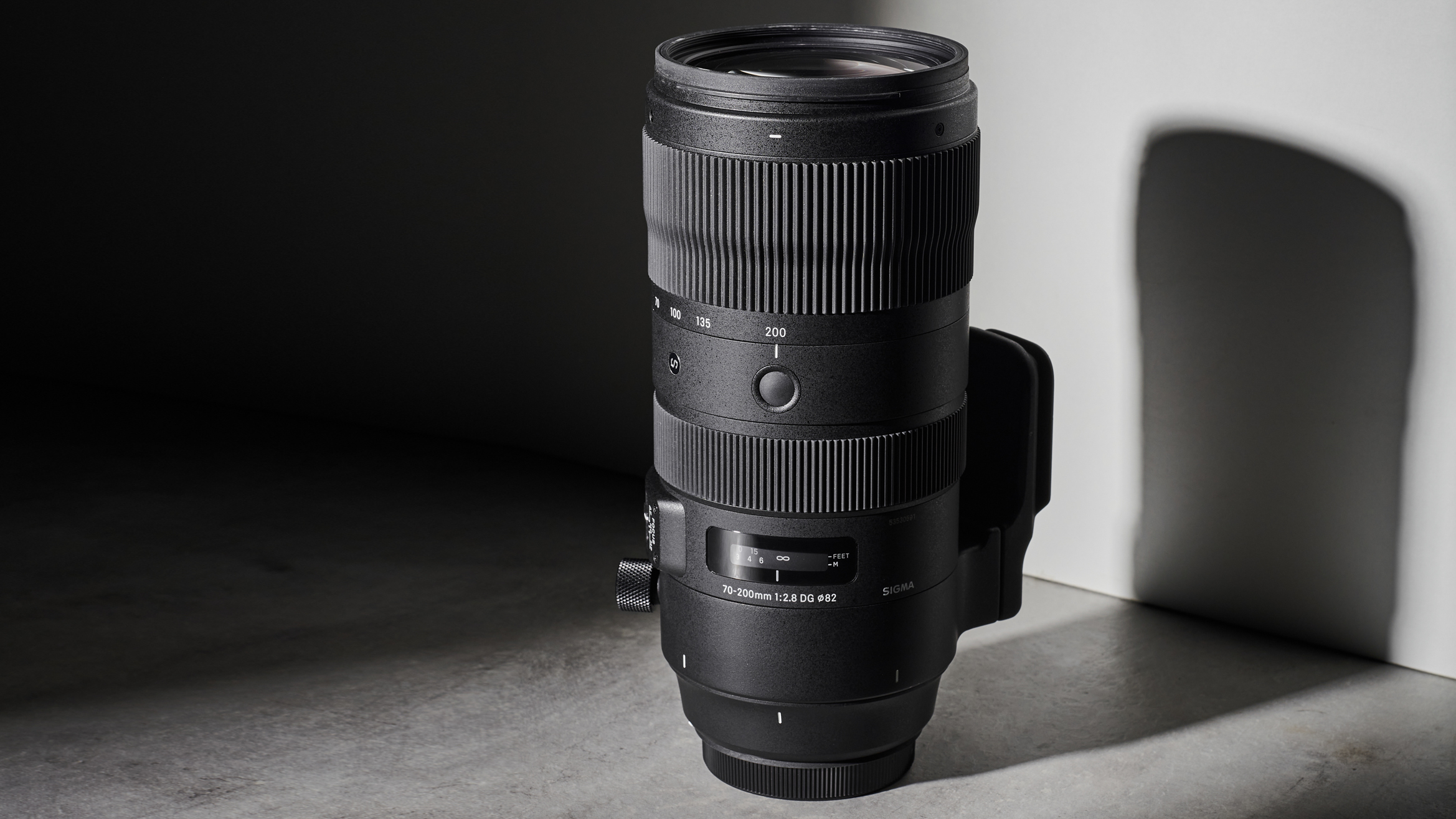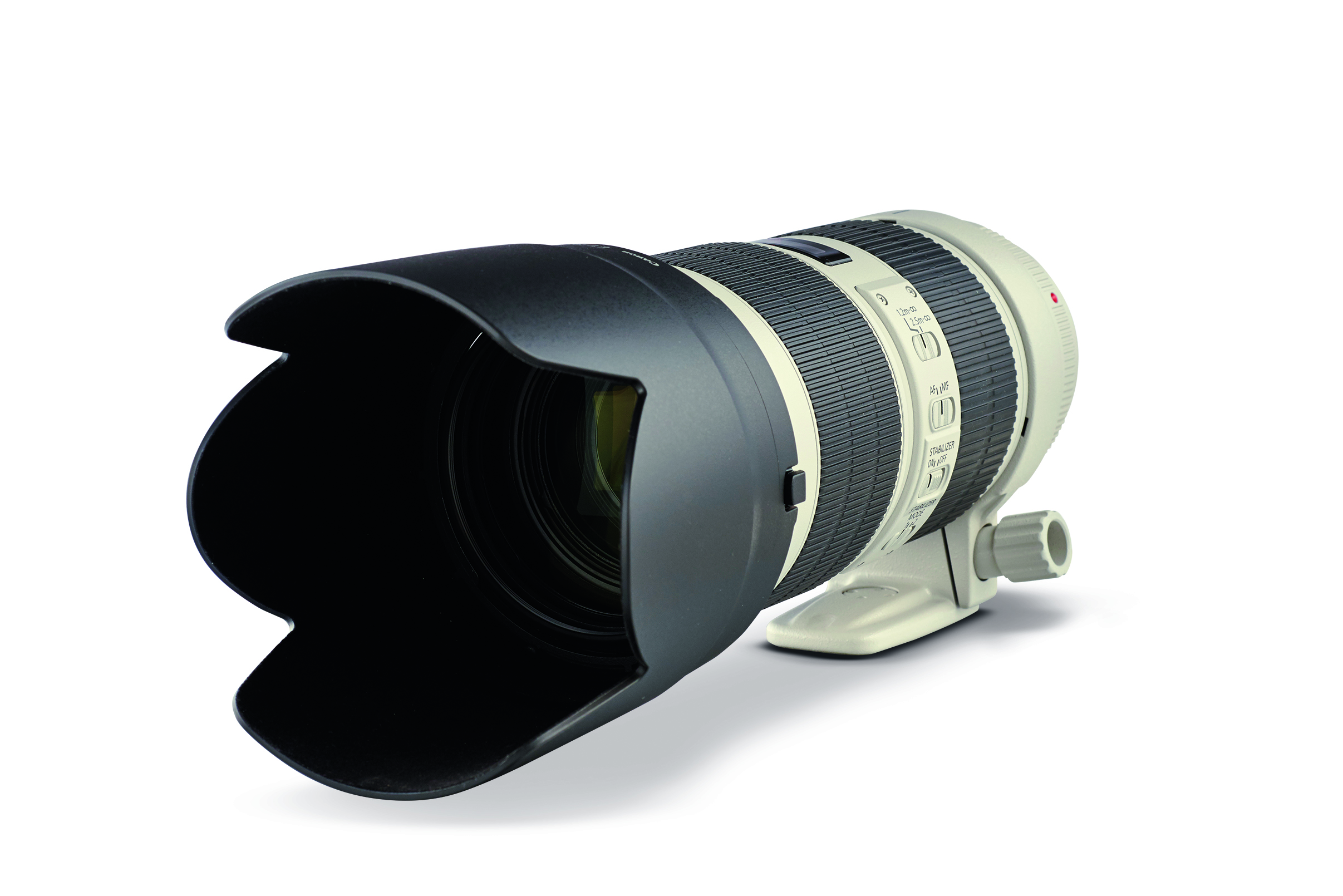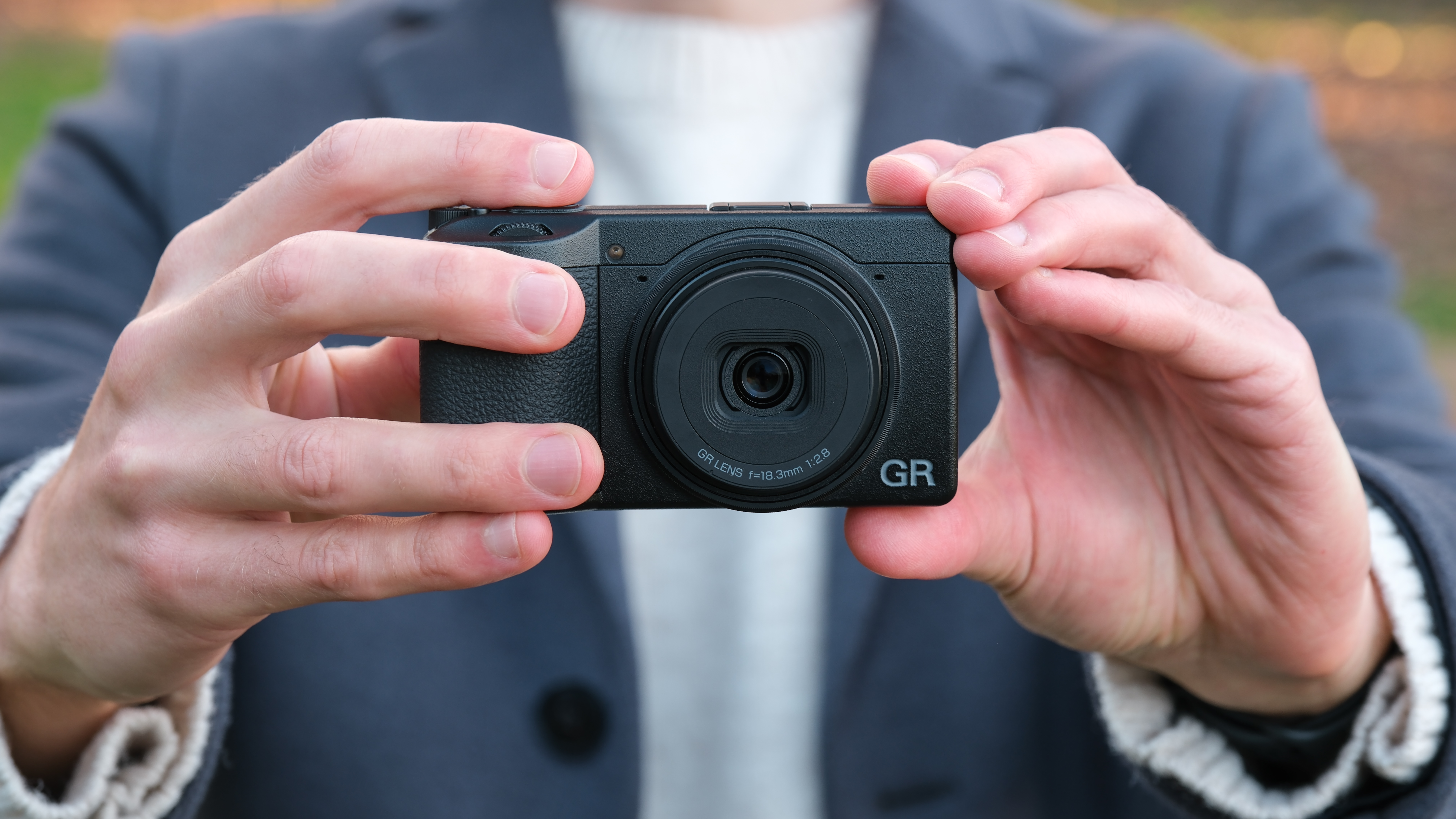The best 70-200mm lenses in 2025: top constant-aperture telephoto zooms
The best 70-200mm f/2.8 or f/4 lenses combine a fast constant maximum aperture and top build quality, and are essential additions to any pro's kit bag
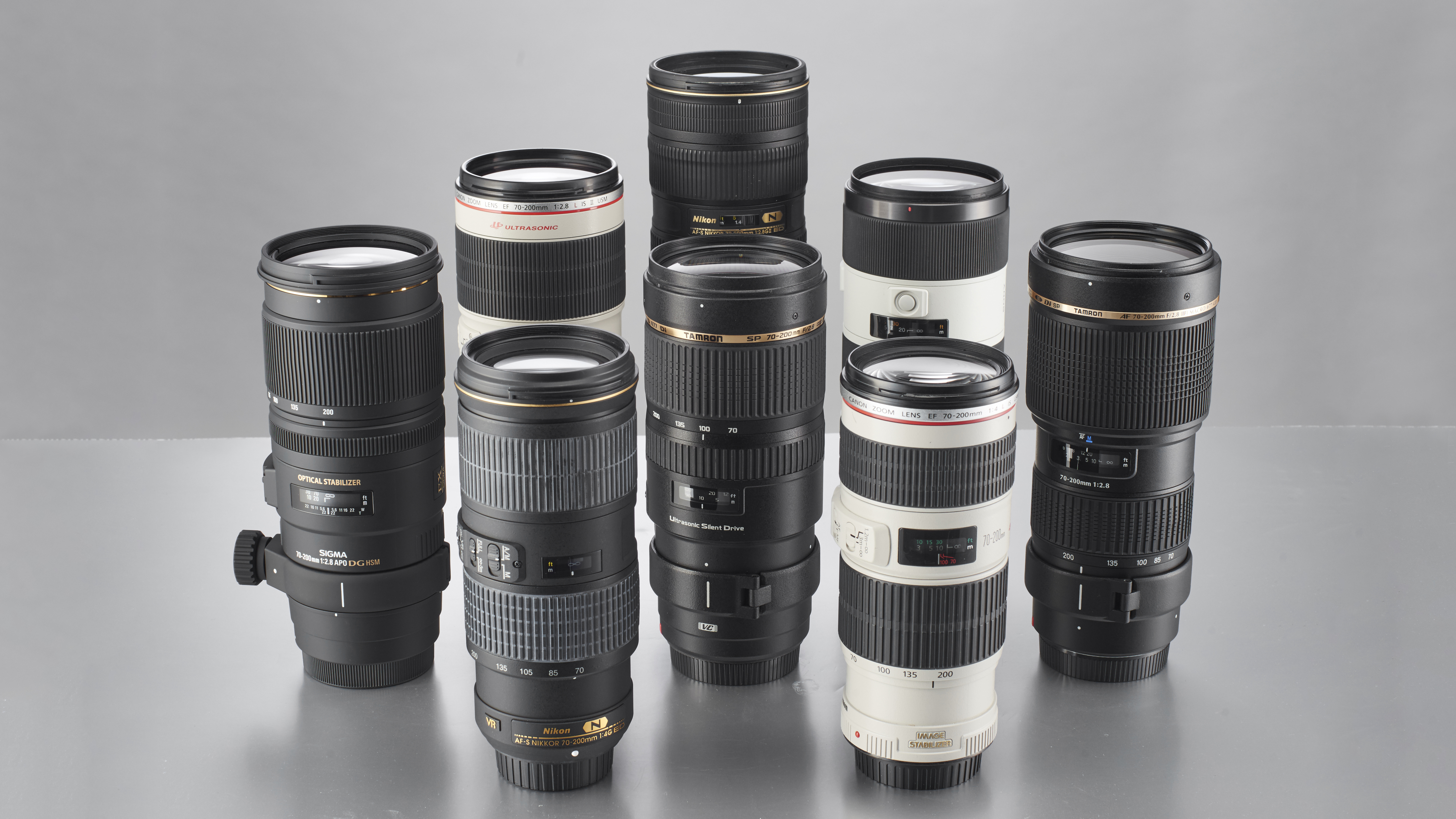
A 70-200mm telephoto zoom is a true workhorse lens. The most desirable configuration is a 70-200mm f/2.8; its fast, constant f/2.8 aperture gives you plenty of latitude to work in low light and enables a shallow depth of field that helps subjects stand out from their backgrounds.
However, these f/2.8 variations tend to come with hefty pro-level price tags. If you're looking for something a little more budget-friendly, 70-200mm f/4 lenses can also be a good choice. They have the advantage of being lighter to carry, and are a great choice for keeping your kit relatively lightweight and mobile.
All 70-200mm lenses are designed with full-frame cameras in mind. However, this doesn't mean that owners of crop-sensor cameras can't use them. In fact, using such lenses on a camera with an APS-C-sized sensor gives a handy telephoto boost, with a greater effective focal length of 105-300mm (112-320mm for Canon cameras).
Beloved by pro photographers and enthusiasts alike, this telephoto zoom focal range is ideal for all sorts of shooting scenarios, including sports, wildlife, events, portraits, and plenty more besides.
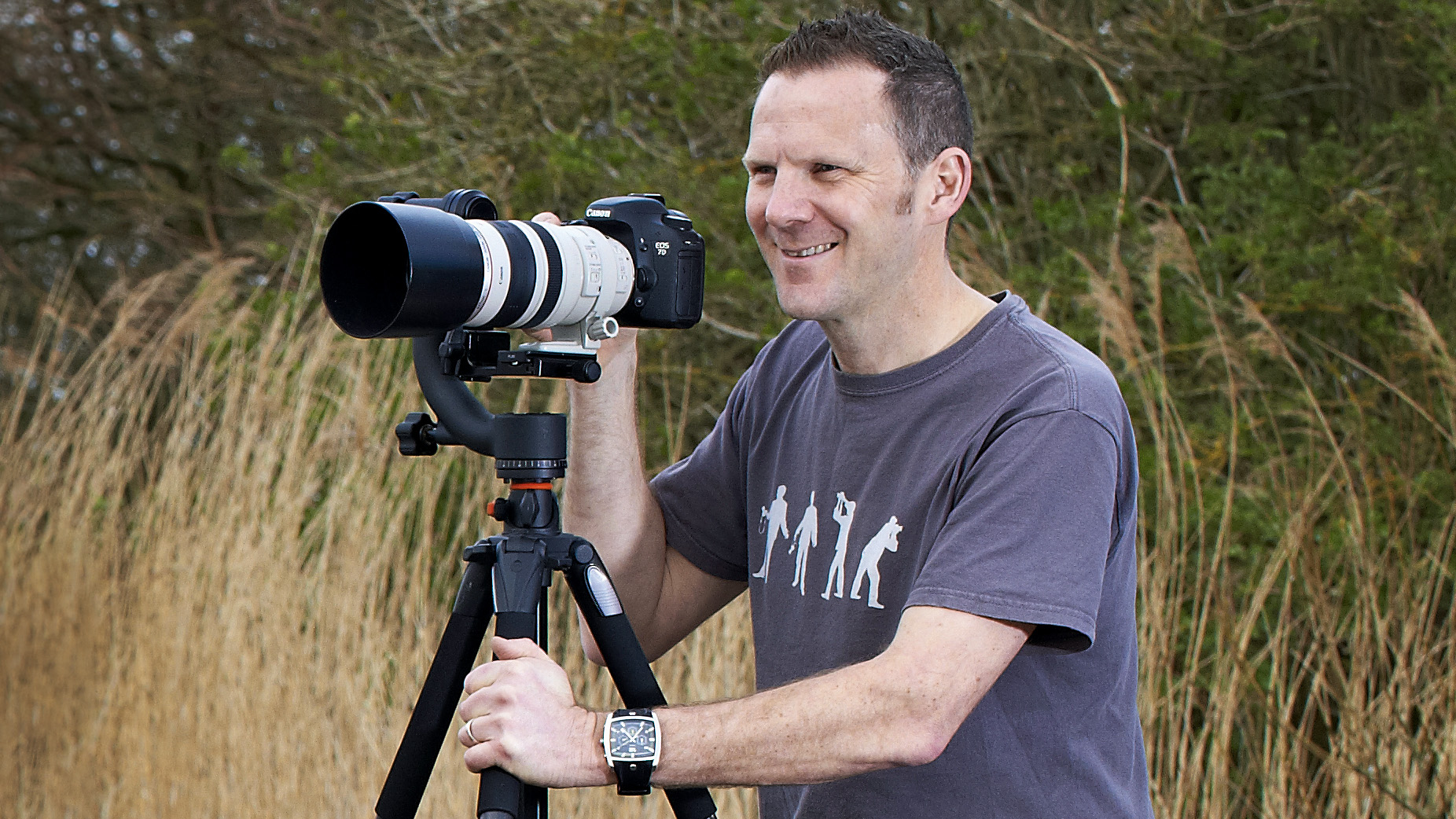
Digital Camera World's Guides Editor Adam loves the versatility, image quality, and shallow depth of field that a 70-200mm constant aperture telephoto zoom offers, and is your guide to the best examples, whichever camera system you own.
The Quick List

Most 70-200mm lenses have a fixed length, but not this Canon, which extends as you zoom, saving space when stowed in your kit bag
Read more below…

Impossibly dinky, this 70-200mm f/4 lens is the size of a soft drinks can when stowed away, thanks to its telescoping lens barrel.
Read more below…

A beast of a lens that dwarfs the mirrorless bodies it's designed for, but you can't fault its performance or optical prowess
Read more below…
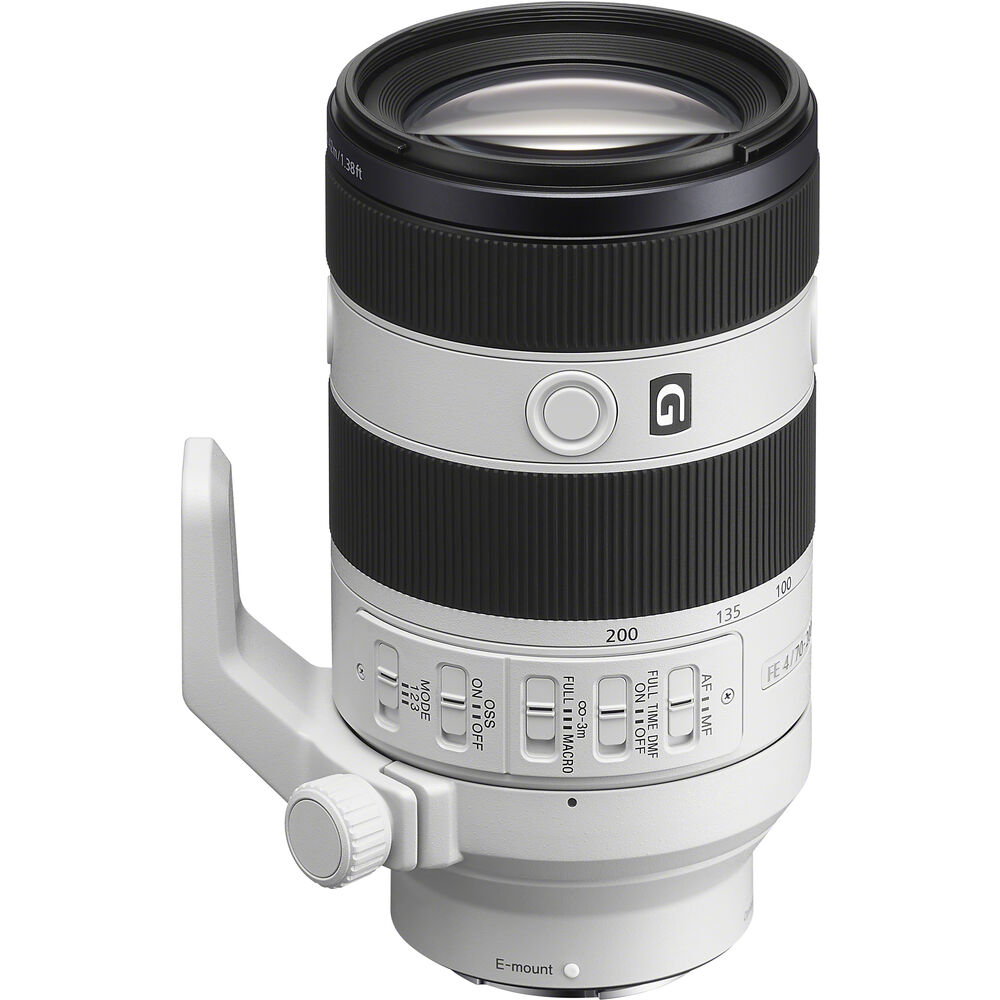
An updated version of Sony's original 70-200mm f/4, this boasts improved optical quality and, with a 0.5x magnification ratio, can serve up half-macro images.
Read more below…

With 5-stop stabilization, customizable controls, and an info display, not to mention sublime optical quality, this is the best of the best for Z-mount mirrorless users.
Read more below…
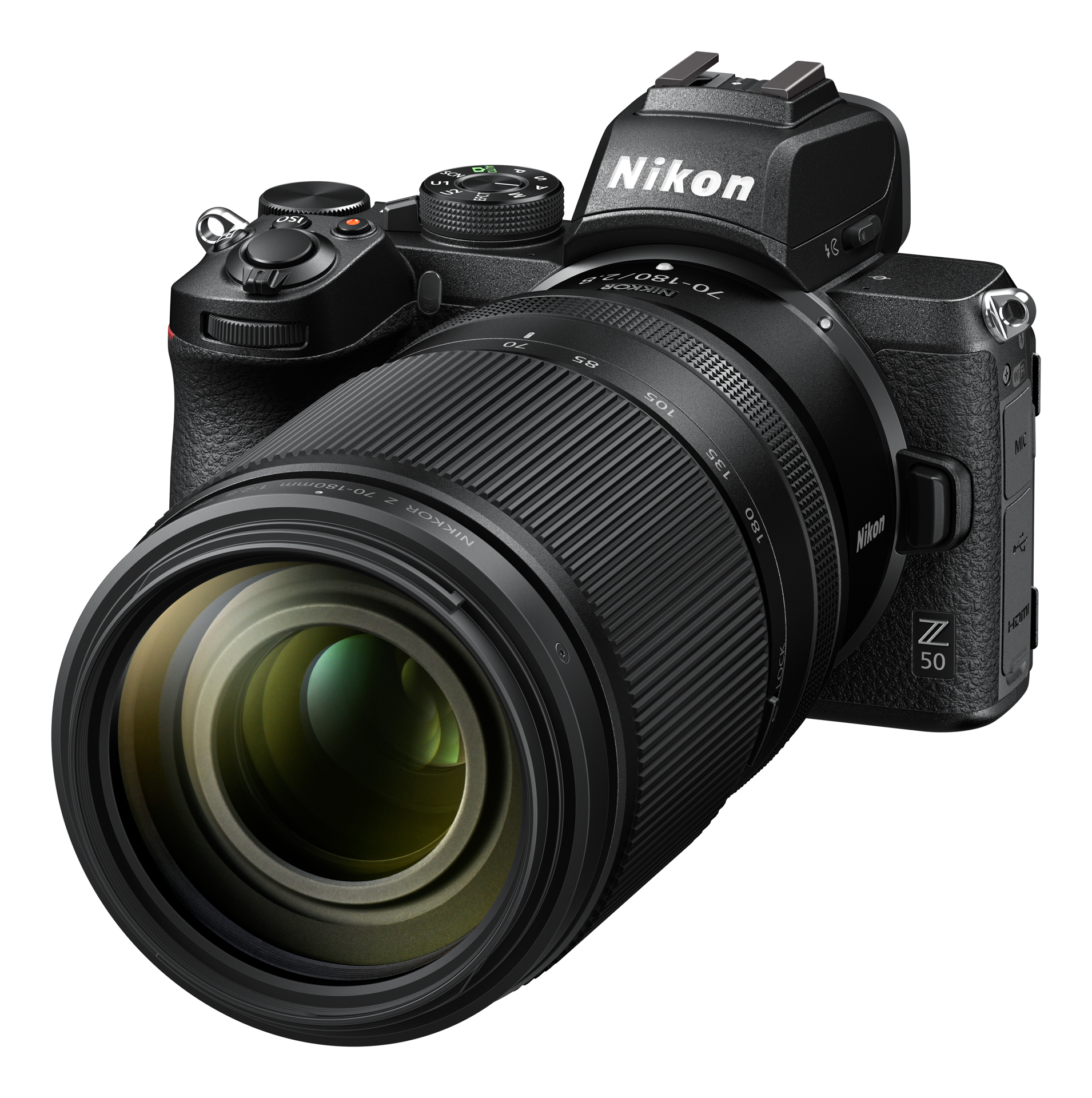
Rather than dropping a stop to f/4, Nikon's 'budget' telephoto zoom retains the faster f/2.8 max constant aperture but comes up slightly shorter in max focal length.
Read more below…
Load the next products ↴
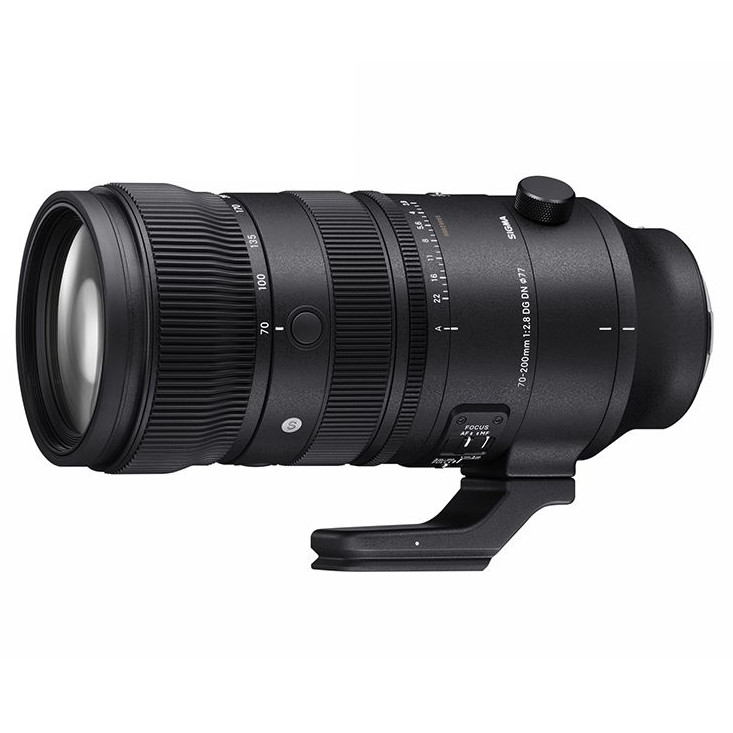
There are a couple of 70-200mm f/2.8 options for the L-mount Alliance, but this Sigma offers the best combo of quality and value, and there's also a Sony E-mount version
Read more below…

A member of the L-mount Alliance, Panasonic also makes a 70-200mm f/2.8, but this f/4 variant is the better buy.
Read more below…
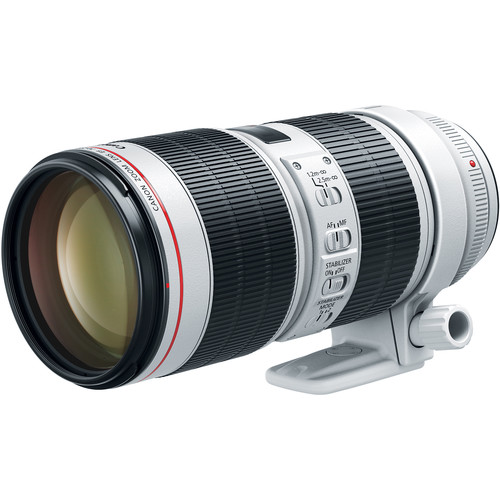
If you're a Canon DSLR user, then the third iteration of Canon's long line of EF-mount 70-200mm f/2.8 lenses is the best choice for you.
Read more below…

The latest and greatest edition of Nikon’s 70-200mm f/2.8 lens for DSLRs has a completely revamped optical design compared to its predecessor.
Read more below…
The best 70-200mm lenses
Why you can trust Digital Camera World
Best for Canon RF mount
Specifications
Reasons to buy
Reasons to avoid
The Canon RF 70-200mm f/2.8L IS USM is a genuinely impressive piece of glass. It's noticeably shorter and lighter than its EF counterpart, the EF 70-200mm f/2.8L IS III USM. This is largely thanks to its telescoping barrel, a design choice that makes it much more packable.
In terms of performance, I found the image quality to be absolutely stellar – it’s incredibly sharp, and the colors and contrast are beautiful, just as I’d expect from a Canon L-series lens. The autofocus was another standout feature; it’s lightning-fast and deadly accurate. The image stabilization is also top-notch when shooting handheld, even in less-than-ideal lighting conditions.
However, it’s not without its considerations. The most significant is the price – it's a considerable investment. Also, unlike the EF version, this RF lens isn't compatible with teleconverters, which might be a drawback for some who need that extra reach. But honestly, considering the leap in optical performance, the improved handling due to its size and weight, and the advanced autofocus and stabilization, this lens is a system-seller for Canon's EOS R range.
Read our full Canon RF 70-200mm f/2.8L IS USM review
Best value for Canon RF mount
Specifications
Reasons to buy
Reasons to avoid
Canon's RF 70-200mm f/4L IS USM is easily the world's shortest and lightest 70-200mm f/4 lens. Side-by-side, it's only slightly larger than a soda can when fully collapsed, making it a dream to carry around for extended periods – a real game-changer if you're trying to keep your kit light.
The image stabilization is another area where this lens truly shines. I found it to be exceptionally effective, especially when I paired it with a compatible EOS R body; Canon claims up to 7.5 stops, and the stability it offered in real-world shooting was seriously impressive, allowing me to get sharp shots even at slower shutter speeds. In terms of image quality, I was very pleased with the center sharpness. Even when zoomed all the way out to 200mm, the images were crisp and detailed in the middle of the frame.
However, like the Canon RF 70-200mm f/2.8L IS USM, it’s not compatible with teleconverters. This does limit its versatility if you occasionally need that extra reach. I also noticed that the corner sharpness wasn't always as consistent as the excellent center performance. And yes, it does come with a higher price tag than its older EF counterpart. But, honestly, if portability and cutting-edge image stabilization are high on your priority list, I think the technological advancements and overall performance make this lens a very compelling option. It felt like a modern, intelligently designed telephoto zoom that perfectly complements the EOS R system.
Read our full Canon RF 70-200mm f/4L IS USM review
Best for Sony E mount
Specifications
Reasons to buy
Reasons to avoid
The build quality of the Sony FE 70-200mm f/2.8 GM OSS feels robust and ready for professional use, with weather seals that give confidence when shooting in less-than-ideal conditions. The inclusion of a removable tripod mounting ring is also a practical touch. Most impressive of all, though, is the optical performance. I found the sharpness to be excellent across the zoom range, which is exactly what I expect from a G Master lens.
But it wasn't just about sharpness; the bokeh was beautifully soft and smooth, thanks in part to that 11-blade circular aperture. This combination made it a fantastic lens for a variety of situations – I could see myself using this for everything from wedding and event photography, where those creamy backgrounds really make a difference, to sports and even wildlife, where the fast f/2.8 aperture and quick autofocus are essential.
The autofocus system in this lens is genuinely high-tech and responsive. I found it locked onto subjects quickly and accurately, which is critical for capturing fleeting moments. The handling felt refined, with well-placed controls. Internally, Sony has packed it with impressive technology, including XA (extreme aspherical), aspherical, and ED (Extra-low Dispersion) elements, plus its Nano AR Coating, all of which contribute to the superb image quality by minimizing aberrations and flare. It's a feature-rich telephoto zoom that delivers on its G Master promise, providing a combination of sharpness, beautiful rendering, and reliable performance.
Read our full Sony FE 70-200mm f/2.8 GM OSS review
Best value for Sony E mount
Specifications
Reasons to buy
Reasons to avoid
The Sony FE 70-200mm f/4 Macro G OSS II is a significant upgrade over its first-generation predecessor and a truly versatile lens, with improved performance across the board. The first thing I noticed was the sharpness; it felt like a clear step up, delivering crisp images that I was really happy with. But the headline feature for me, and what makes this lens so unique in its class, is the 0.5x macro capability. Being able to get that close for detailed shots without needing a dedicated macro lens is incredibly useful. I found myself using it for all sorts of close-up work.
The autofocus also felt notably zippier – Sony claims it's 20% faster due to a new floating focus system, and while I didn't time it with a stopwatch, it certainly felt more responsive and precise. This is a big plus for capturing those fleeting moments, whether it's a distant subject or a close-up detail. It's impressive that Sony has managed to pack all these improvements into a lens that remains relatively compact and lightweight.
While it doesn't have the f/2.8 aperture for extreme low-light situations or that super shallow depth of field, the all-around performance, coupled with the excellent image quality and the fantastic macro feature, makes this Mark II version a really compelling choice. If you're looking for a high-performing, versatile telephoto zoom and don't necessarily need that extra stop of light, this is a brilliant and much-improved option in Sony's lineup.
Read our full Sony FE 70-200mm F4 Macro G OSS II review
Best for Nikon Z mount
Specifications
Reasons to buy
Reasons to avoid
Frankly, the Nikon Z 70-200mm f/2.8 VR S is the best 70-200mm zoom I've ever laid my hands on. The image quality is stunning with extraordinary sharpness, not just in the center but right across the entire frame, even when shooting wide open at f/2.8. Nikon has packed an incredible amount of optical technology into this lens, with 21 elements including aspherical, ED, fluorite, and even an SR (Short-wavelength Refractive) element, plus its ARNEO and Nano Crystal Coats. This all comes together to deliver images with incredible clarity, minimal color fringing, and virtually no distortion that I could detect. The rendering is just beautiful.
Beyond the optics, the handling is superb. It feels perfectly balanced on my Nikon Z body, and the controls are intuitively placed. The autofocus is another area where this lens blew me away – it's incredibly fast, silent, and unerringly accurate. Whether I was tracking fast-moving subjects or trying to nail focus in tricky lighting, it just performed flawlessly. And the Vibration Reduction (VR) system is highly effective; I was able to get consistently sharp shots at shutter speeds much slower than I would normally dare to use handheld.
It’s a lens that inspires confidence. Every aspect, from its robust build quality to its cutting-edge features, feels like it’s been designed for professionals who demand the very best. While it's certainly an investment, I can honestly say it’s worth every penny if you’re serious about your craft and need a top-tier telephoto zoom. It has quickly become an indispensable part of my kit.
Read our full Nikon Z 70-200mm f/2.8 VR S review
Best value for Nikon Z mount
Specifications
Reasons to buy
Reasons to avoid
The Nikon Z 70-180mm f/2.8 rounds out an alternative, lighter-weight f/2.8 zoom trio for Nikon's Z-system cameras. What immediately struck me was its relatively compact and lightweight design, making it a much more manageable option compared to some of its heavier counterparts. Despite its more budget-friendly price point, I was impressed with the very good sharpness it delivered and the truly beautiful bokeh it produced, which is fantastic for portraiture and really makes subjects pop.
Its constant f/2.8 aperture is a huge plus for low-light situations and for achieving that desirable shallow depth of field. The lens felt well-built and was straightforward to use. I found it performed admirably for both portrait work and even some wildlife photography, where that tight depth of field really shines.
However, there are a couple of trade-offs. The most noticeable was the absence of optical Vibration Reduction (VR). While many Nikon Z bodies have in-body stabilization, having VR in the lens itself is always a bonus, especially at longer focal lengths. The focal length range also stops at 180mm rather than the more traditional 200mm, and the onboard controls are somewhat basic. Overall, though, the lens offers a fantastic balance of performance, portability, and price. It delivers gorgeous image quality and is a joy to shoot with, especially if you're looking for a lighter f/2.8 telephoto zoom option.
Read our full Nikon Z 70-180mm f/2.8 review
Best for L mount
Specifications
Reasons to buy
Reasons to avoid
I'm thoroughly impressed with the Sigma 70-200mm f/2.8 DG DN OS Sports, especially considering its more accessible price point compared to some of its competitors for both the L-mount Alliance and Sony E-mount. It has truly pro-grade build quality, feels incredibly solid, and the comprehensive weather seals gave me a lot of confidence when I was out shooting in less-than-perfect conditions. The handling is also excellent, with a good array of physical controls. It just felt right in my hands.
When it came to performance, the autofocus was a real highlight – it’s incredibly fast and virtually silent, which is fantastic for both stills and video, especially when I was trying to be discreet at events or capture wildlife. The optical stabilization is also very effective. I found I could get remarkably sharp shots even at slower shutter speeds; the claimed 7.5 stops at the wide end and 5.5 stops at the telephoto end felt pretty accurate.
Optically, this lens is a strong performer. Sigma has packed it with high-tech glass, and it shows. I found the sharpness to be excellent, with great clarity and accurate colors. Distortions and chromatic aberrations were very well controlled. For me, this lens really hits a sweet spot, offering professional-level features and performance without the absolute top-tier price tag. It's a seriously compelling option.
Read our full Sigma 70-200mm f/2.8 DG DN OS Sports review
Best value for L mount
Specifications
Reasons to buy
Reasons to avoid
The Panasonic Lumix S Pro 70-200mm f/4 OIS is noticeably smaller and lighter than its f/2.8 sibling, which made a real difference during long days of handheld shooting. It felt incredibly well-balanced on my Lumix S-series camera. I also found the inclusion of a removable tripod mounting ring, complete with an Arca-Swiss compatible foot, to be convenient. But where this lens truly blew me away was its ability to deliver epic sharpness, consistently, right through the entire zoom range, with its resultant images being incredibly crisp and detailed.
The Optical Image Stabilizer is also a standout feature, especially when paired with the sensor-shift stabilization. It gave me a lot of confidence to shoot at slower shutter speeds and still get sharp results, which is invaluable in varied lighting conditions. The build quality is exactly what I’d expect from Panasonic’s S Pro line – it feels solid and robust, and the weather-resistant construction gives confidence when the conditions get challenging. Autofocus was another strong point; it was impressively fast and virtually silent, which is great for both stills and video work where you don’t want any distracting noises.
It’s on the pricier side for an f/4 70-200mm. However, considering the superb image quality and overall performance, I feel it’s a very sensible choice. Unless you absolutely need that extra stop of light from an f/2.8, this f/4 lens delivers everything you could ask for in terms of image quality and handling. It’s a seriously impressive piece of glass.
Read our full Panasonic Lumix S PRO 70-200mm f/4 OIS review
Best for Canon EF mount
Specifications
Reasons to buy
Reasons to avoid
For those using Canon EOS DSLRs, the Canon EF 70-200mm f/2.8L IS III USM carries on a strong legacy and feels very familiar, especially if you've used its predecessor, the Mk II. It has that classic L-series robust build quality, is thoroughly weather-sealed and feels like it can handle the rigors of professional use. But it's a heavy lens at nearly 1.5kg, so it's something to be mindful of if you're carrying it for long periods.
Optically, it features the same top-notch blend of fluorite and Super UD elements as the Mk II, and I found the image quality to be excellent, delivering that sharpness and beautiful rendering that I expect from Canon's L-series glass. The f/2.8 aperture is fantastic for low light and achieving that lovely background blur, making it a versatile workhorse for everything from portraits to sports. The autofocus felt quick and reliable, locking onto subjects effectively.
However, it feels more like an incremental update rather than a major overhaul. The core performance is undeniably strong, but it's very similar to the Mk II. So, while this Canon lens is undoubtedly a very capable and reliable performer with excellent image quality, I think it's important to weigh its price against the very slight improvements over its predecessor.
Read our full Canon EF 70-200mm f/2.8L IS III USM review
Best for Nikon F mount
Specifications
Reasons to buy
Reasons to avoid
The Nikon AF-S 70-200mm f/2.8E FL ED VR is a phenomenal piece of glass, offering truly a top-tier performer for users of Nikon's F-mount DSLRs. Image quality is simply stunning; the inclusion of fluorite glass delivers incredibly sharp images with beautiful rendering and excellent contrast. Whether shooting wide open at f/2.8 or stopped down, I found the results to be consistently impressive across the entire zoom range. The optical stabilization is incredibly effective, allowing sharp handheld shots to be captured even in challenging lighting conditions.
The autofocus is lightning fast and accurate, which is crucial for sports and wildlife. An electromagnetic diaphragm ensures consistent exposures, especially when shooting at high frame rates. However, it's worth noting that this feature does mean it isn't compatible with some older Nikon DSLR bodies.
While this lens is undeniably a significant investment, the optical excellence, epic feature set, reliable performance, and sheer quality of the images it produces make the Nikon 70-200mm f/2.8E an indispensable tool that consistently delivers.
Read our full Nikon AF-S 70-200mm f/2.8E FL ED VR review
Lab data and comparisons
The graphs below show the comparative performance of the lenses in this guide, based on our in-house lab tests. The Nikon Z 70-200mm f/2.8 VR S is the outright winner for sharpness when measured scientifically, although all lenses in the group are very good performers. Color fringing and distortion are well controlled on the whole, and automatic in-camera correction is available for these aberrations anyway, which often can’t be disabled.
Scores for sharpness and color fringing are averaged from data taken across the entire image frame, from the center to the edges and corners, throughout the aperture range. For zoom lenses, the scores are also averaged from data measured at all marked focal lengths, and the same applies to distortion. Bear in mind that these average values don't fully reflect specific areas of performance. For example, a zoom lens might have noticeable barrel and pincushion distortion at its shortest and longest focal lengths respectively, which tends to average out when looking at the data overall. For more detailed graphs of each lens's performance, which give the full picture, check out the graphs in our full standalone lens reviews.
How we test lenses
The lens experts in our testing lab run a range of tests under controlled conditions, using the Imatest Master testing suite. Photos of test charts are taken across the range of apertures and zooms (where available), then analyzed for sharpness, distortion and chromatic aberrations.
We use Imatest SFR (spatial frequency response) charts and analysis software to plot lens resolution at the centre of the image frame, corners and mid-point distances, across the range of aperture settings and, with zoom lenses, at four different focal lengths.
There's more to it than just the technical side, though! Beyond the lab, our reviewers test lenses in real-world environments – and sometimes on professional shoots! We work with lenses both indoors and outdoors, in studio conditions and in natural light, with as many different subjects as is possible.
We take into account everything from handling and ease of use to speed of autofocus and the overall quality of the images produced.
Find out more about how we test and review on Digital Camera World
The best camera deals, reviews, product advice, and unmissable photography news, direct to your inbox!

Prior to joining digitalcameraworld.com as Guides Editor, Adam was the editor of N-Photo: The Nikon Magazine for seven years, and as such is one of Digital Camera World's leading experts when it comes to all things Nikon-related.
Whether it’s reviews and hands-on tests of the latest Nikon cameras and lenses, sharing his skills using filters, tripods, lighting, L brackets and other photography equipment, or trading tips and techniques on shooting landscapes, wildlife and almost any genre of photography, Adam is always on hand to provide his insights.
Prior to his tenure on N-Photo, Adam was also a veteran of publications such as PhotoPlus: The Canon Magazine, so his wealth of photographic knowledge isn’t solely limited to the Big N.
